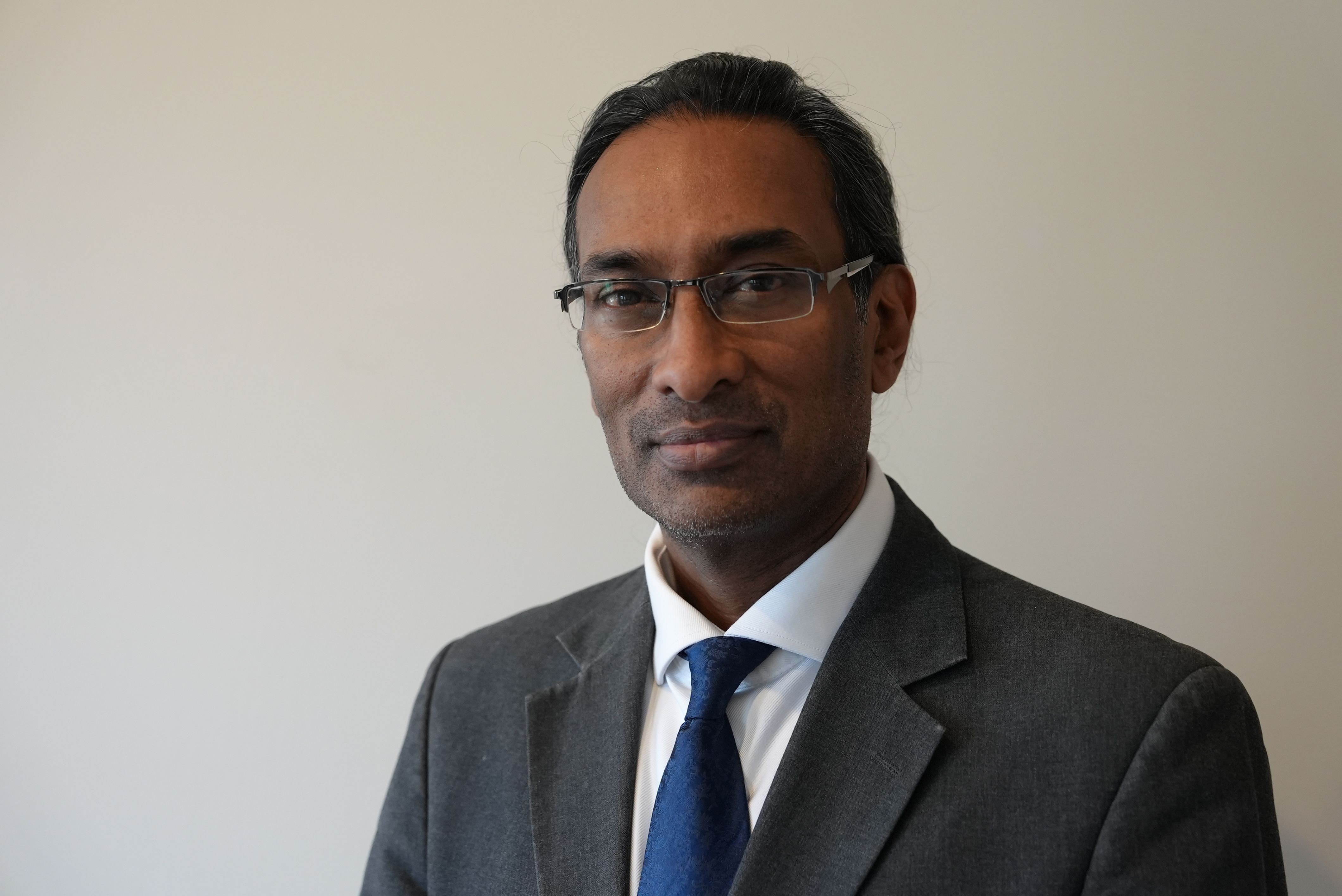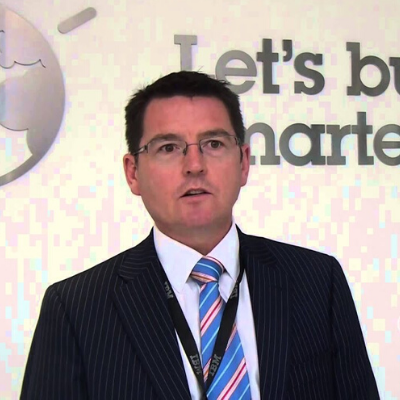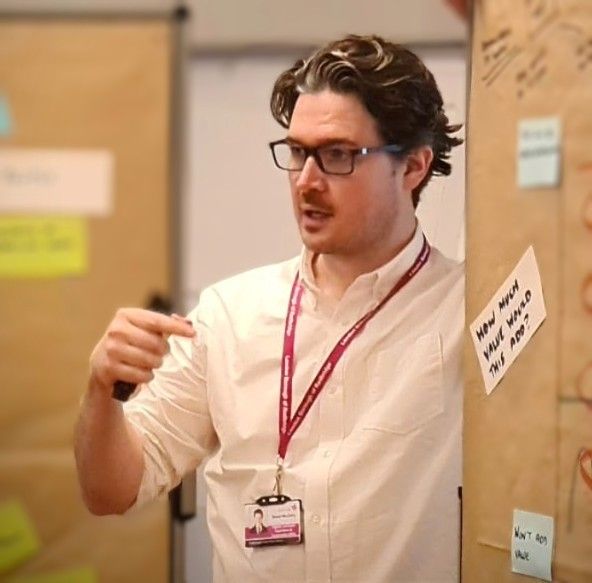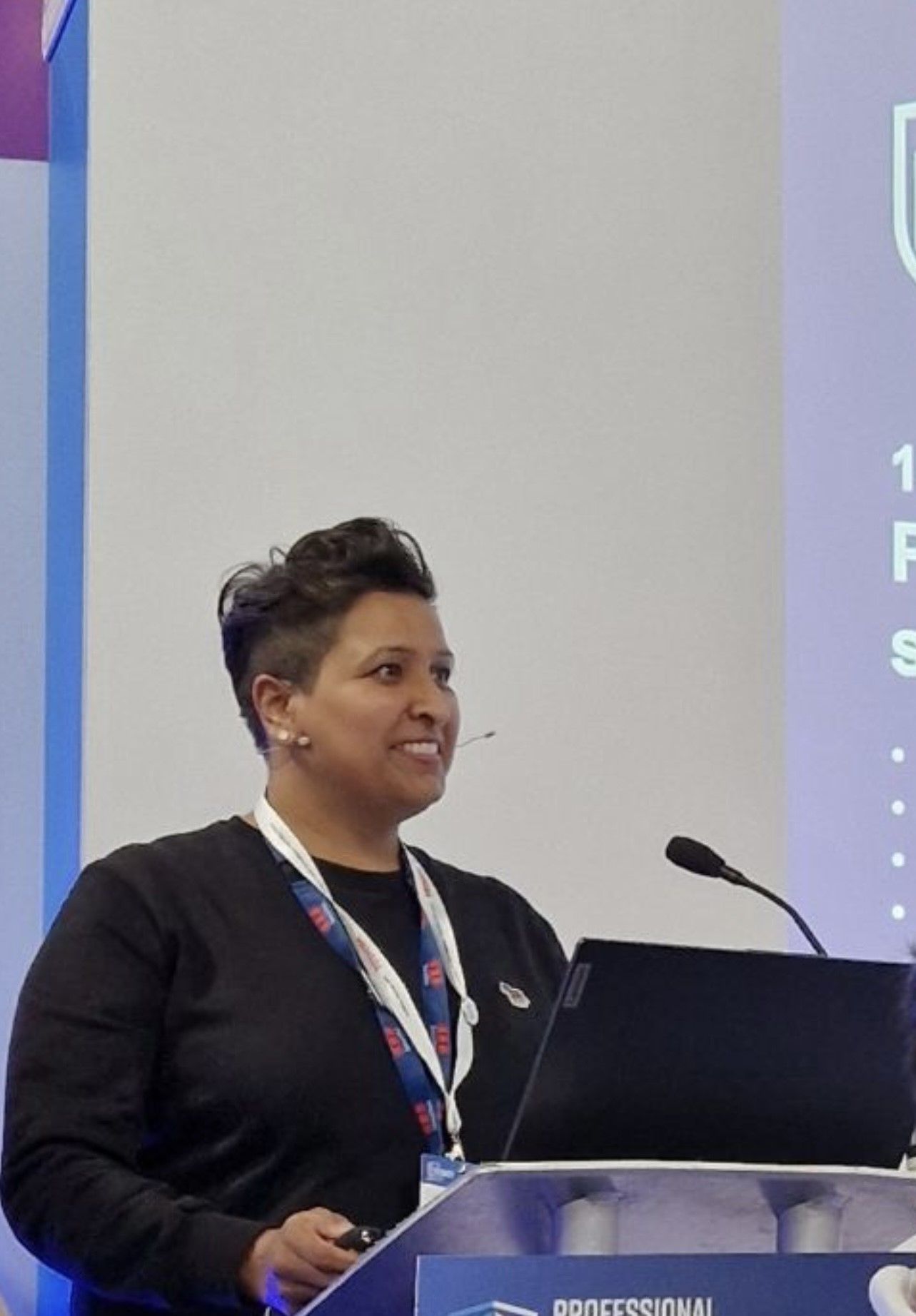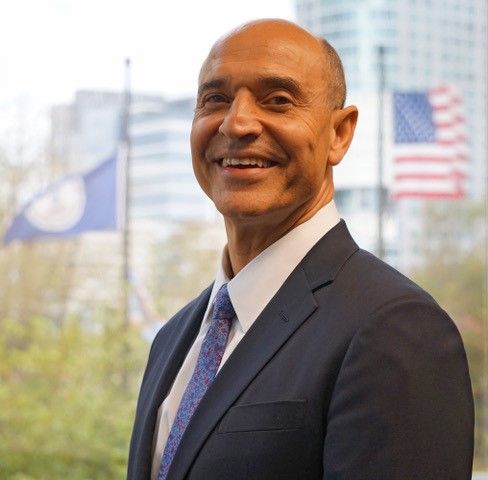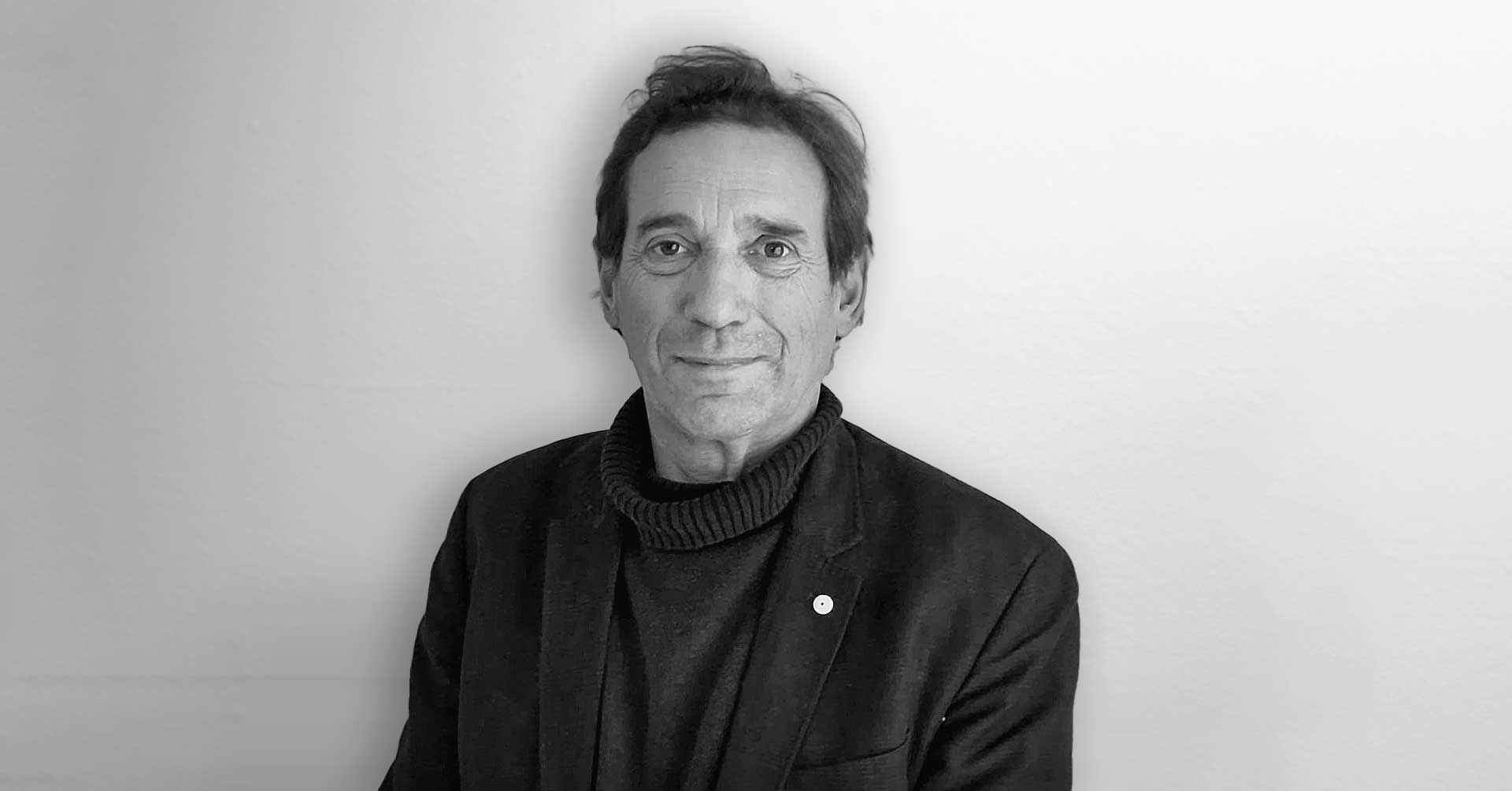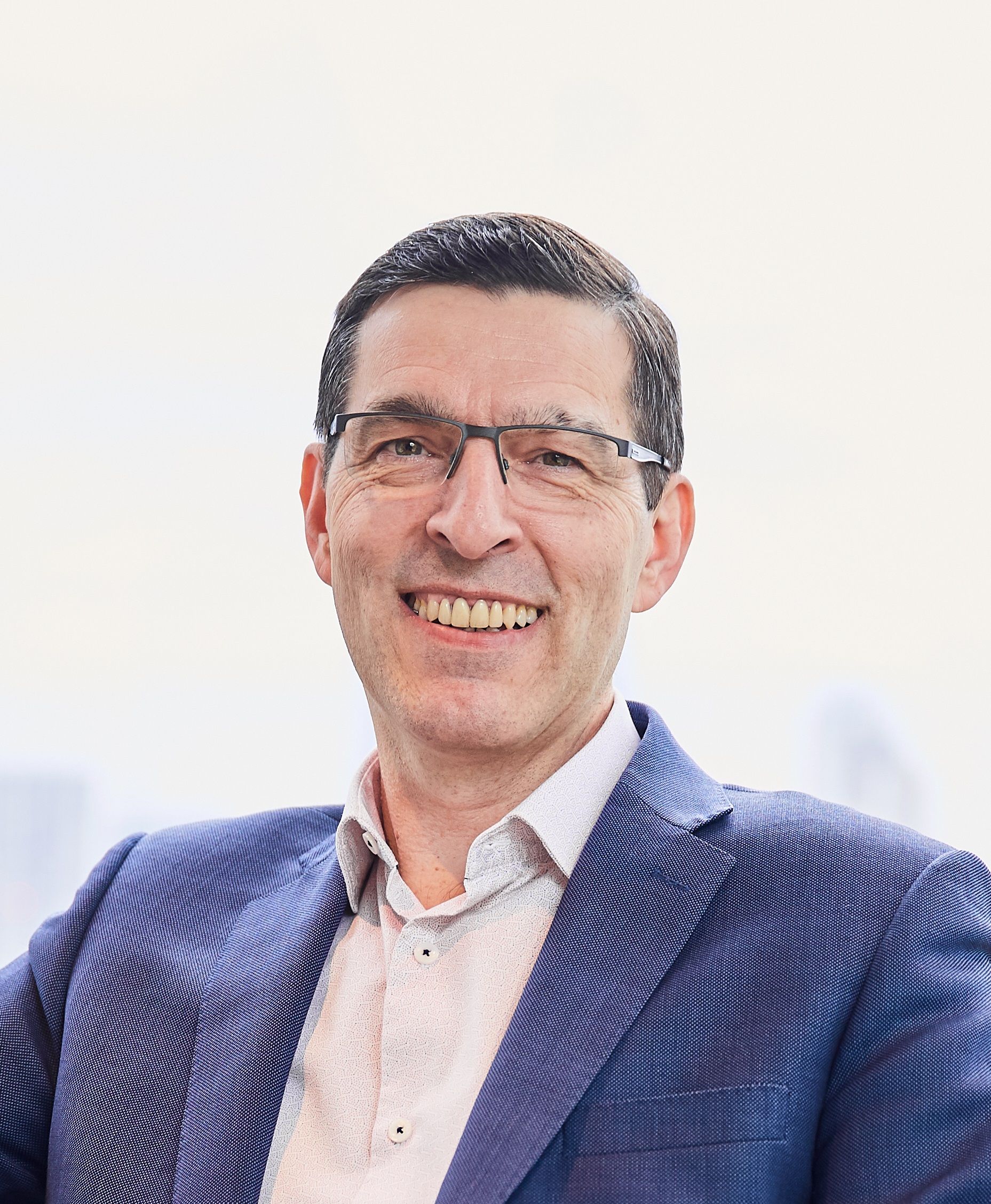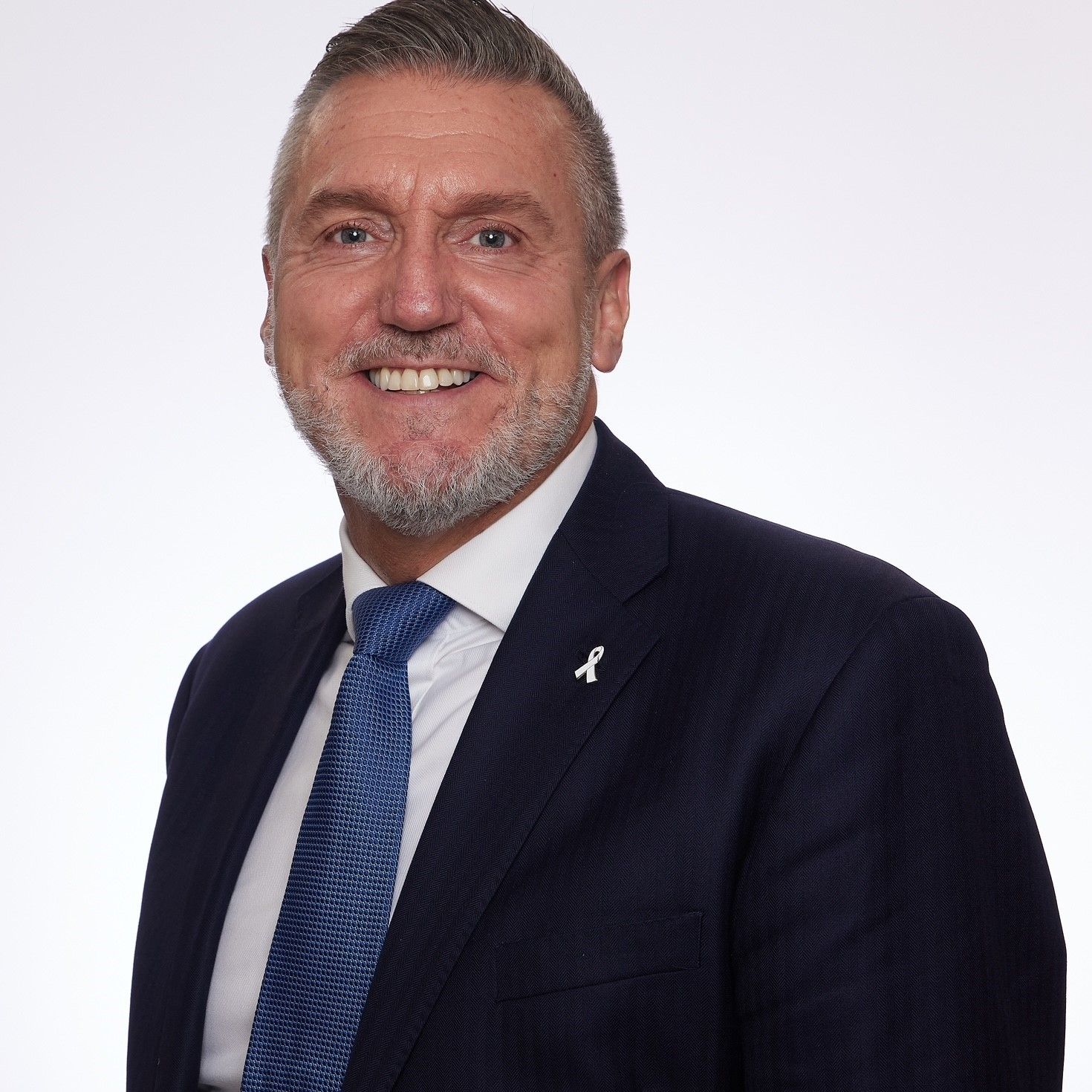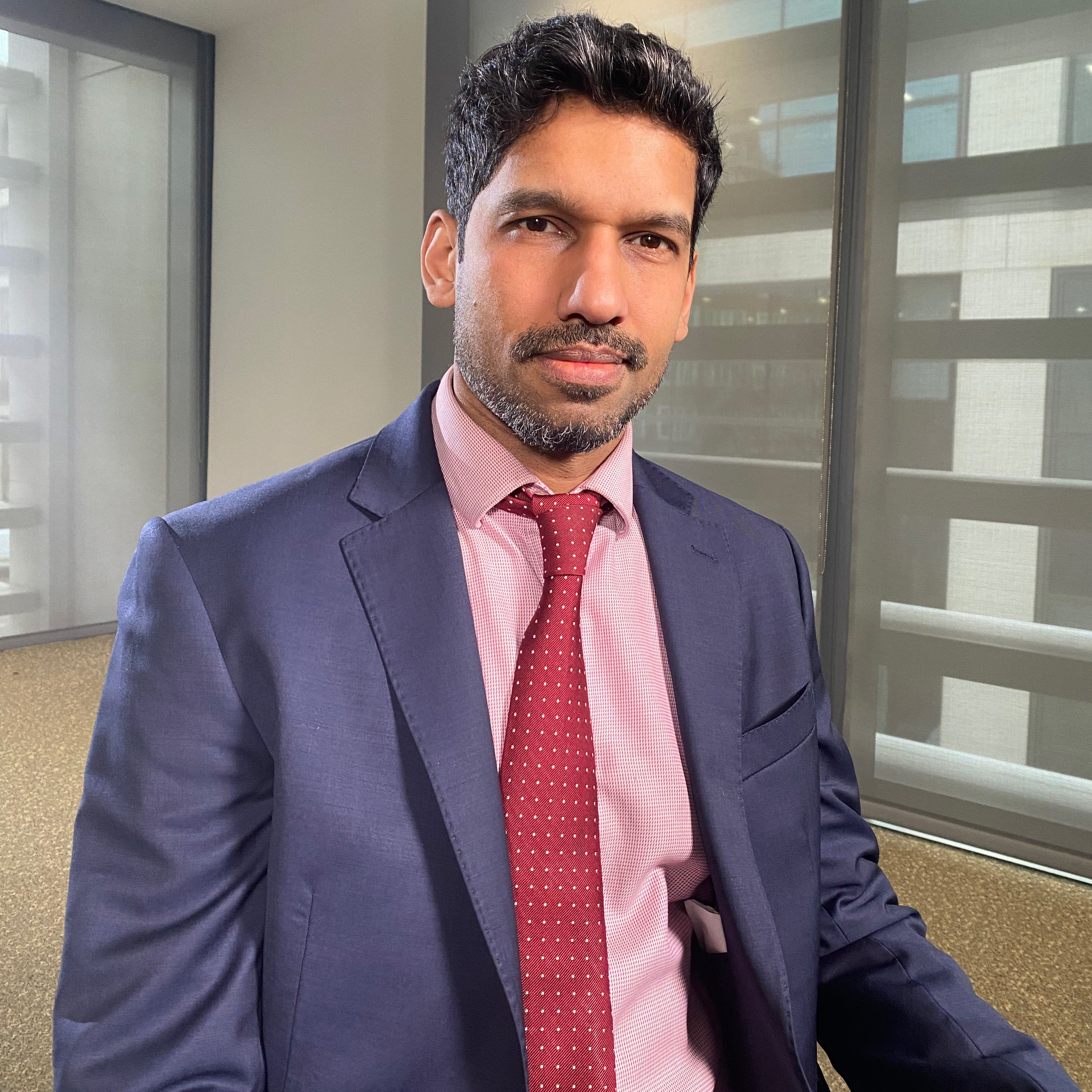-
Noah Rauch shares a behind-the-scenes look at the Museum and its unique leadership and mission-based programming for public and private sector organizations around the world.
-
Access Control Tokens, commonly used as keys, could serve as portable identities across various locations and systems. This single token would enable user authentication and verification for access, r …
-
• Examining the often-neglected topic of how organisations recover from a terrorist attack their properties or people were involved in. • Police cordons create business interruption and loss of attrac …
-
Detecting what cameras don't see - How audio analytics can augment operational efficiency, decrease response times, and reveal critical incidents even in blind spots, darkness, and crowded environments
-
Artificial intelligence is reshaping every industry. Security checkpoints are no exception. Learn how AI improves detection accuracy and keeps crowds moving faster and safer than ever.
-
Innovation is essential to UK national security and defence success, requiring collaboration between government, industry, and academia. DASA's mission involves finding and funding diverse innovators, including non-traditional suppliers, to maintain strategic advantage over adversaries investing in emerging technologies like AI and quantum sensing whilst protecting national values.
-
Andy will be talking about capability building and how the partnership model has been helping support improved management of critical incidents and harnessing the learning from experiences. He will be …
-
An analytical walk through of intelligence led techniques, tripwires, indicators, and warnings that help build a clearer picture of the global risk landscape
-
• Tom will be exploring opportunities to build resilience and counter security threats at a Neighbourhood level. • He will outline the latest developments in Neighbourhood Policing – a key tenet of th …
-
Unsurprisingly the Chinese, Russian, Iranian and North Korean’s (CRINK) have vast networks of both criminal, contractor, activist, military, and government intelligence agencies. In this talk Ian Thorton-Trump CD explores these CRINK relationships and how hostile nation state’s build national and international offensive cyber capability
-
Highlighting best practices for the design and selection of products for hostile vehicle mitigation. We consider product design and specification guidance and recommendations, effective product integration into the intended environment and implications of global testing standards; the objective to keep people and places safe from hostile vehicle attack.
-
An academic view of temporary vehicle security barriers; key features and advantages; vulnerabilities & complexities and best practice & cost effective strategies.
-
Counter-terrorism advisor Yan St-Pierre and international HVM expert Christian Schneider will discuss current and emerging hostile vehicle attack trends and how to deal with the new challenges they present for the protection of public spaces. They will also discuss how Germany has dealt with HVM in the wake of the attack in Magdeburg on December 20, 2024, and how multifaceted HVM concepts can improve short- and long-term efficiency and quality of HVM measures. They will be joined by Robert Ball from ATG Access and Chris Stevens from SIDOS UK Ltd.
-
-
Terrorist threats are evolving. We see a move from al-Qaeda operations to lone-wolf Isil inspired attacks. It is unrealistic to expect Governments, solely, to protect the security of a nation. Public/private partnerships in security will be core to analysing and mitigating the risks. Strategy in surveillance and AI are key factors.
-
How can you better use data and digital technology to tackle your team’s challenges? Join experts from government, industry and academia in changing the way you think about problems and how to approac …
-
-
By attending, participants will benefit by:
• Understand the threat landscape – Learn how insider threats arise and why they are increasing.
• Recognise warning signs – Spot behavioural, digital, and organisational indicators of insider risk.
• Gain practical strategies – Explore prevention, detection, and mitigation approaches that balance security with trust.
• Protect people and assets – See how addressing insider risk protects not only information but also reputation, operations, and staff wellbeing. -
Through viewpoint of their recent research article published in the Journal of Business Continuity and Emergency Planning (Henry Stewart Publications) “After the horse has bolted? A quantitative asses …
-
As time passes, the lessons of 9/11 emerge with deeper clarity, highlighting key elements of crisis response that continue to resonate. Drawing from its access to government and corporate leaders and …
-
-
The origins of the model, the model itself, what it’s aiming to achieve, some examples, the need to address short acute events but also longer-term strains and stresses, the balance between strategic …
-
Recognised for his heroic actions during the Leicester Square attack, Abdullah brings a deeply personal perspective to the conversation around frontline safety and preparedness. He’ll be joining Satia …
-
Speakers
-
Memorial museums have emerged in response to traumatic events, particularly those involving acts of terrorism. To discuss how these institutions convey the human experience of these attacks, this panel will feature Lena Fahre, Director of the 22 July Centre in Oslo, Elisabeth Pelsez, Director-General of the Musée-Mémorial du Terrorisme in Paris, and Clifford Chanin, Director of the 9/11 Memorial Museum, in conversation with Noah Rauch, Senior Vice President of Education & Public Programs at the 9/11 Memorial & Museum.
-

-

-
Panellists will provide examples on how up-to-date the resilience of their industry is and how far off or on par we are with where we want to be, some of the biggest threats to Infrastructure at the moment, and some of the challenges that hinder the overcoming of these threats.
-
At WalkSafe we believe that personal safety technology can be used for good, to unite communities, businesses, and local authorities - moving away from reactive responses to proactive prevention and creating safer spaces for everyone. The real measure of progress is when people feel safe before they ever feel at risk.Speakers
-
• An unpacking of the importance of understanding the histories and factors that contribute towards making certain individuals vulnerable to radicalisation • An overview of the disproportionality of e …
-
1. Why Men’s Health Matters in the Security Sector • The physical and mental demands of frontline security roles • The stigma around discussing health and well-being in male-dominated industries 2. Ph …
-
-
Violence and Intimidation against women and girls is a societal problem that needs a whole society response. It is everyone’s business to want to see and drive the changes needed to promote safer communities that will allow them to prosper and flourish. We need to see a collective and cohesive response beyond law enforcement, driven by society, businesses and organisations across all sectors. This informative session will showcase how collaboration across the industry, working with the Police, and third-party organisations, can enable safer communities.
-
A rapidly shifting world order, frontier technologies and a new breed of adversaries are converging to redefine the western cyber security agenda. We are seeing State-backed operators such as China’s …
-
A central focus of insider risk is the individual, but organisations often hold equal responsibility. Using case studies, Lorna will examine organisational responses to real-world insider behaviour, a …
-
With spiking set to become a standalone criminal offence under the Police and Crime Bill currently progressing through Parliament, security professionals and venue operators face a pivotal moment for compliance and leadership. In this session, Dawn Dines—founder and CEO of Stamp Out Spiking—shares practical guidance on how the industry can align with forthcoming legal changes, meet evolving public expectations, and implement best-practice prevention strategies. Drawing on extensive collaboration with police forces, government departments, and national industry bodies, Dawn outlines how accredited training, proactive safeguarding, and coordinated response protocols can position your organisation at the forefront of public safety in the night-time economy.
-
The presentation will cover recent attacks on European soil.
-
Vehicle Rammings: • How the tactic evolved particularly in “developed” countries • Attacker Motives: Ideological and Non-ideological • Attacker Methods: Vehicle Acquisition, Type and Use • Other Weapo …
-
Patrick will discuss how adversaries like Russia, used open-source type information and data to conduct very successful influence campaigns against the United States, especially during our national election cycle. He will also address what the West learned from this and how it shapes the future of OSINT and why we need to seize on technology to address this challenge.
-
• Nuances of doing business with US Security Agencies • Market intelligence (spending, activity, needs) • The Do’s as and the Don’ts • The current landscape of the Three Letter Agencies • International agenda of these agencies and how to build a relationship with them
-
Abu Ahmed, Head of the Joint Security and Resilience Centre at the Home Office, explores the evolving landscape of threats to UK Homeland Security. He will outline government priorities and highlight how strong collaboration with industry is essential to confronting risks effectively and building national resilience.
-
-
Including the changing threat and resources available to organisations.
)
)

















